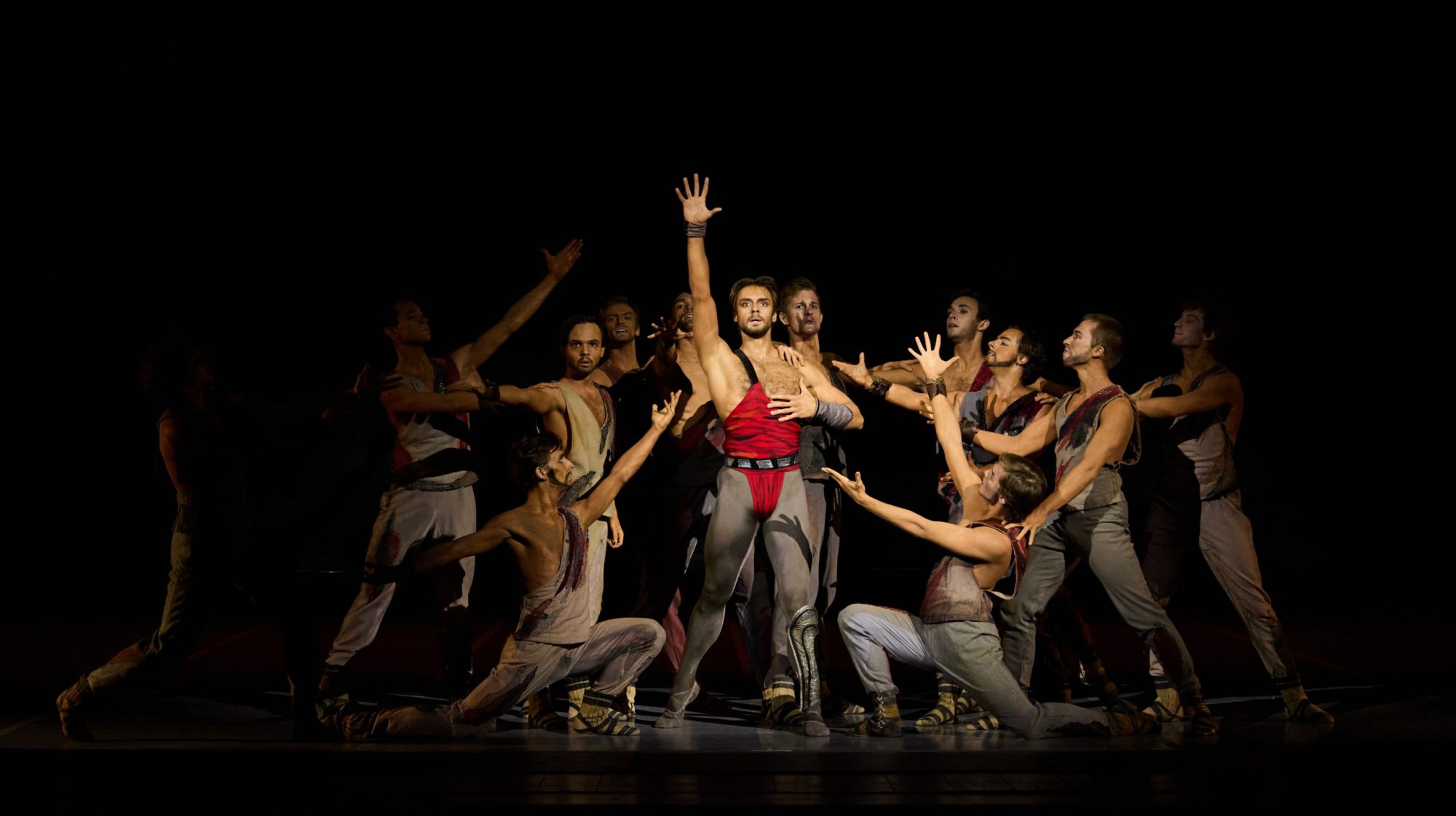“Nijinski”
Gauthier Dance
Theaterhaus Stuttgart
Stuttgart, Germany
June 22, 2016
by Ilona Landgraf
Copyright © 2016 by Ilona Landgraf
 Stuttgart’s Gauthier Dance is known for entertaining programs. Commissioning Marco Goecke, Stuttgart Ballet’s resident choreographer, with a ballet about Vaslav Nijinsky heralds a change of course towards the serious.
Stuttgart’s Gauthier Dance is known for entertaining programs. Commissioning Marco Goecke, Stuttgart Ballet’s resident choreographer, with a ballet about Vaslav Nijinsky heralds a change of course towards the serious.
Nijinsky is a legend. He was the star dancer of Sergei Diaghilev’s Ballets Russes (1909 – 1921) and as a choreographer ahead of his time. But tragically mental illness struck him in the middle of his life. How did Goecke approach him?
One thing was clear from the beginning. Goecke and Nijinsky have things in common. Nijinsky’s choreographies, especially “L’Après-midi d’un faune” (1912) and “Le Sacre du printemps” (1913), sent shock waves through the cultural world. Continue reading “Limitations”
















